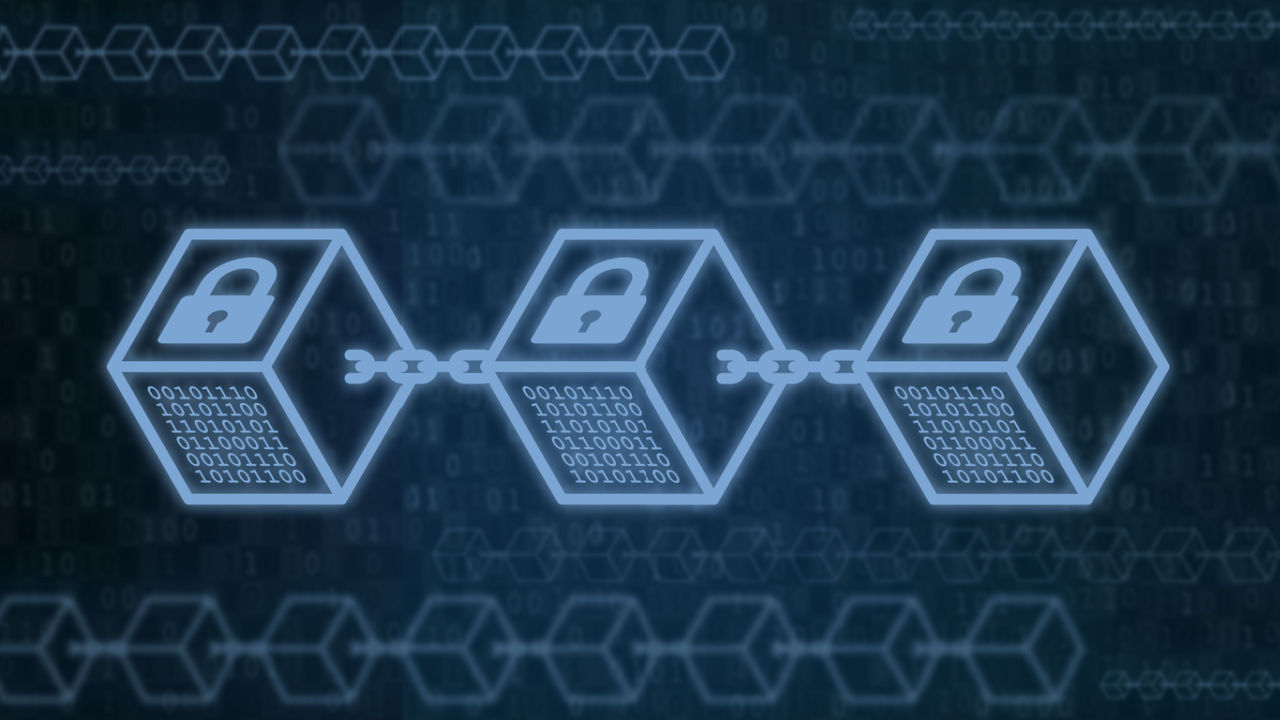Ordinals enable the first ever supreme Bitcoin collection

Bitcoin developer Casey Rodamor’s launch of Ordinals continues to radiate shockwaves of unintended outcomes. His innovative, controversial use of Bitcoin’s Taproot and Segwit upgrades has not only created a new type of Bitcoin NFT, but also a new class of blockchain rollup. This month, developers at Rollkit used Ordinals to introduce Bitcoin’s first sovereign rollup.
For the first time ever, Ordinals allow anyone to publish large amounts of data (about 3.9MB) to Bitcoin’s blockchain. Unlike any other blockchain or cloud storage provider—which may go offline, change developer specifications, experience hacks, or migrate data centers—Bitcoin’s blockchain is a unique, permanent, immutable storage solution.
Permanence of each byte is critical to cryptographic hash functions that break consensus if even one period, space, or character is out of place. SHA-256 hashes only verify exact, character-by-character data. For this reason, users of other blockchains – including Ethereum – are suddenly interested in publishing Ordinals data to Bitcoin’s blockchain. With its multi-billion dollar security budget and surviving over a decade of relentless attacks, Bitcoin’s blockchain is the Internet’s most permanent storage solution.
Read more: Bitcoin ordinals pump and dump using stolen images and copyrights
Rollkit introduces a new layer 2 using a Bitcoin supreme rollup
Thanks to Ordinals’ ability to write over 3.9MB of arbitrary data directly onto Bitcoin’s blockchain, Rollkit has created a Layer 2 called Bitcoin sovereign rollup.
- ONE roll up is a group of transactions or data that is “rolled up” in an orderly manner for periodic, mainnet submission. Rollups are often popular for expensive mainnets like Ethereum’s blockchain. Cost savings are significant when you compile a bunch of transactions and data, use cryptography to transform them into a single piece of data, and then send that digest to the mainnet.
- Rollup technologies process data outside the blockchain. This is why a rollup is a layer 2, or an “off-chain scaling solution.” It is not a layer 1 blockchain, but rather a second layer altogether.
- The sovereigns, as the term suggests, indicates that the summary data is self-contained. In particular, blockchain developers refer to rollup sovereignty as a 100% data availability guarantee. In other words, a rollup is just sovereign if it can guarantee that the full, unabridged and unhashed data it has rolled up will always be available for verification.
Rollkit’s new state-of-the-art rollout uses Bitcoin’s blockchain as a data availability layer. The supreme rollup framework toolkit borrows some capabilities from Casey Rodamor’s Ordinals project which writes large amounts of arbitrary data into Bitcoin blocks.
Running the Ethereum virtual machine on Bitcoin
Rollkit launched a Bitcoin sovereign rollup as its second data availability and consensus alternative. Initially, Rollkit only supported Celestia sovereign rollups – Celestia is a modular, non-validating blockchain popular with Ethereum and Cosmos users.
Rollkit, formerly known as Rollmit, describes its toolkits as modular integration units. A Bitcoin superb roll-up tool can e.g. give settlement and execution functions on a separate blockchain entirely.
To state this explicitly, Rollkit’s Bitcoin supreme rollup makes it possible to run entire software using on-chain Bitcoin data. Already people are playing video games using 100% Bitcoin data. Now, someone can Run the Ethereum virtual machine on Bitcoin.
Read more: A Brief Introduction to Bitcoin Lore and Easter Eggs
More exotic possibilities
Like Ordinals, the new Rollkit integration uses Taproot and the Segwit witness discount to write over 3.9MB of arbitrary data into any Bitcoin block. It created two new functions for supreme rollups that can send data to the data availability blockchain (Bitcoin) and retrieve data from previous Bitcoin blocks. It can roll up data into a single transaction that is sent to the Bitcoin blockchain, as most rollups like Arbitrum and Optimism do for Ethereum. This feature can keep transaction costs under control.
As Protos previously covered, Ordinals have increased in popularity as a way to enter additional data on individual satoshis. The idea of using bitcoin to store data other than financial transactions has long been a controversial one. Even Satoshi Nakamoto led an early attempt at a blockchain-based DNS-like system called Namecoin that used data on Bitcoin’s blockchain for non-financial purposes.
Rollkit says it can solve some of the problems of using Bitcoin to store “extra” data such as NFT images, audio, video and software files. Rollkit claims its superb rollups can handle execution and settlement.
Read More: Taproot Ruined Bitcoin With NFT Inscriptions Of Monkey JPEGs?
However, some observers expressed skepticism.
- Ledger firmware engineer Salvatore Ingala doubted that Rollkit’s new tool would catch on.
- Others were less than thrilled that Rollkit described basic “read” and “write” functions. They noted the need for centralized oracles to certify usable data across blockchains.
- Ryan Berckman described the idea of sovereign rollups as an “alternative layer 1” that sends its data to Bitcoin.
In summary, the Ordinals project on Bitcoin is about much more than NFTs. Another unintended ability to publish over 3.9MB of arbitrary data in a single Bitcoin block has enabled Rollkit to introduce a new layer 2 called Bitcoin sovereign rollups. For example, it could allow someone to run an EVM using only Bitcoin data. The discovery is only days old, and developers are actively experimenting with even more exotic use cases.
For more informed news, follow us further Twitter and Google News or subscribe to our YouTube channel.


![When will Bitcoin arrive [BTC] make a comeback? This leader believes … When will Bitcoin arrive [BTC] make a comeback? This leader believes …](https://www.cryptoproductivity.org/wp-content/uploads/2022/07/bitcoin-2057405_1280-1000x600.jpg)





















